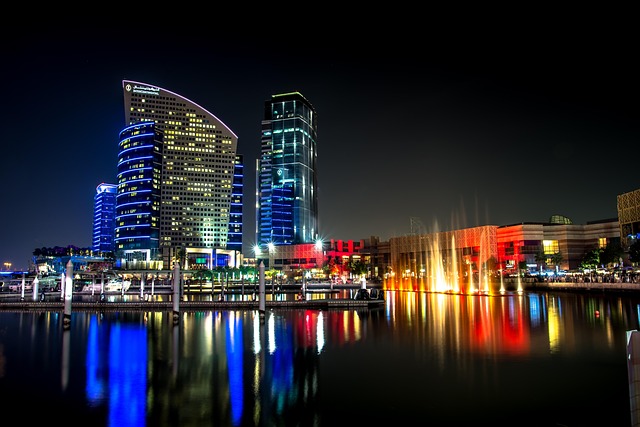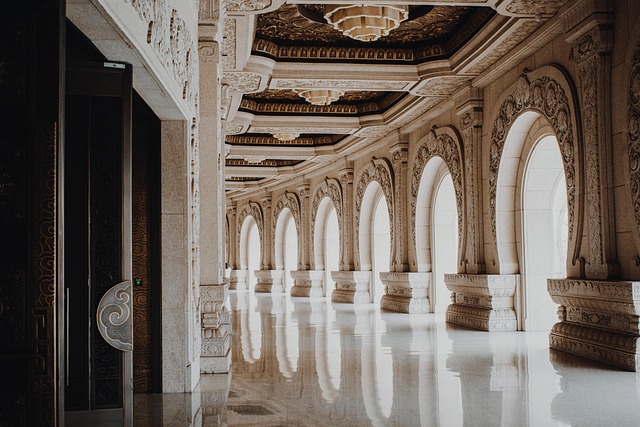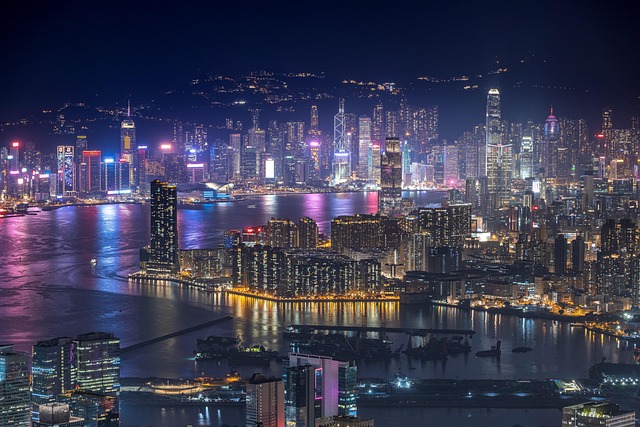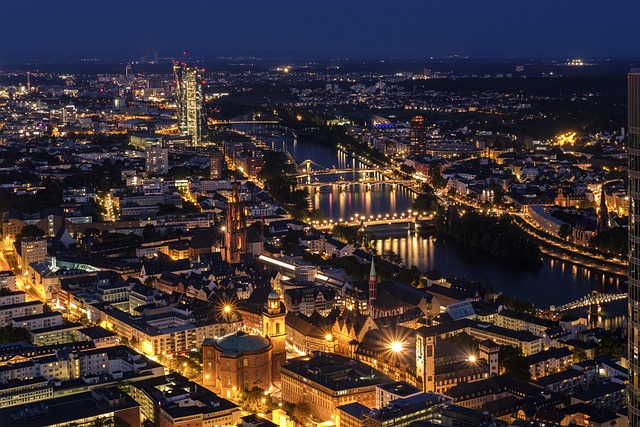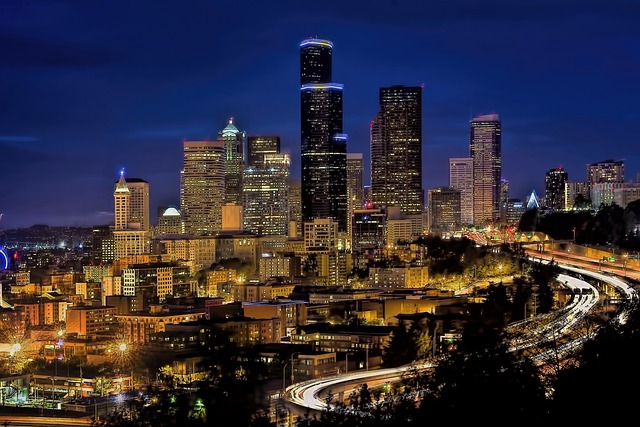
Karachi's urban landscape is characterized by a historical division into Civil Lines and Cantt areas, reflecting colonial-era planning. Civil Lines, with its diverse culture and architecture, contrasts with structured, military-focused Cantt zones. This dichotomy showcases Karachi's rich history, modern development, and varied urban lifestyles, making it a unique and vibrant metropolis.
Karachi, Pakistan’s vibrant metropolis, is characterized by distinct urban zones—Civil Lines and Cantt. This article explores these areas’ intricate relationship within Karachi’s fabric. We delve into their historical roots, trace their evolution, and conduct a spatial analysis to highlight unique features. Understanding the impacts of Civil Lines and Cantt on urban development and lifestyle choices offers valuable insights for sustainable growth in Karachi.
- Understanding Civil Lines and Cantt in Karachi's Urban Fabric
- Historical Perspective: Origin and Evolution of These Zones
- Spatial Analysis: Mapping and Differentiating Their Features
- Impacts on Urban Development and Lifestyle Choices
Understanding Civil Lines and Cantt in Karachi's Urban Fabric

Karachi, as Pakistan’s economic powerhouse, showcases a unique urban fabric characterized by distinct patterns of development. Among its most notable classifications are Civil Lines and Cantt areas. Understanding this dichotomy is key to unraveling Karachi’s evolution. Civil Lines refer to residential and commercial sectors that emerged from the city’s historical core, often featuring wide avenues, colonial-era architecture, and a blend of traditional and modern amenities. In contrast, Cantt areas represent organized military housing and commercial hubs developed post-independence, characterized by grid layouts, efficient infrastructure, and dedicated spaces for military facilities.
This separation between Civil Lines and Cantt underscores the multifaceted nature of Karachi’s urban landscape. While Civil Lines embody the city’s cultural heritage and cosmopolitan vibe, Cantt districts symbolize order, security, and a structured approach to urban planning. Together, they contribute to the complex tapestry that defines Karachi, shaping its identity as a vibrant metropolis where history meets modernity.
Historical Perspective: Origin and Evolution of These Zones
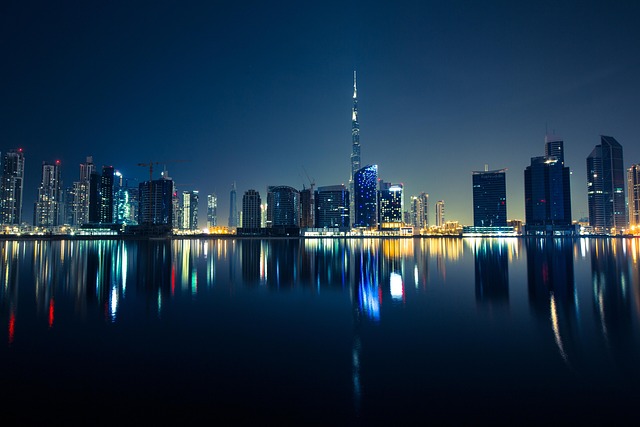
Karachi, Pakistan’s vibrant metropolis, is home to a distinct urban planning concept that divides the city into two unique zones: Civil Lines and Cantt ( Cantonment). This segregation has deep historical roots dating back to the colonial era. Originally, the British Raj established Civil Lines as a residential area for civilians, separating it from the military-controlled Cantt zone. The strategy was to maintain a clear distinction between civilian and military spaces, ensuring peace and order in this bustling port city.
Over time, these zones evolved, reflecting the changing dynamics of Karachi. Civil Lines expanded to accommodate a diverse population, becoming a melting pot of cultures and architectures. In contrast, Cantt retained its focus on military presence but also developed as a commercial hub, attracting businesses and trade. This historical perspective highlights how the original planning concepts have shaped Karachi’s identity, creating distinct neighborhoods that continue to define the city’s landscape even today.
Spatial Analysis: Mapping and Differentiating Their Features

In the context of Karachi, Pakistan’s vibrant metropolis, understanding the spatial dynamics between Civil Lines and Cantt areas is crucial. Spatial analysis provides a powerful tool to map and differentiate their unique features. By overlaying demographic data, land-use patterns, and infrastructure networks, researchers can uncover distinct characteristics that set these neighborhoods apart.
Civil Lines, characterized by its historical roots, often exhibits dense residential blocks with mixed commercial hubs. In contrast, Cantt areas showcase a more organized layout, featuring dedicated zones for residential, commercial, and institutional purposes. This spatial differentiation significantly impacts the urban experience, influencing everything from accessibility to community interactions within each area.
Impacts on Urban Development and Lifestyle Choices

In Karachi, the distinction between Civil Lines and Cantt areas significantly influences urban development and lifestyle choices. Civil Lines, with its historical roots, often boasts well-planned architecture, wide roads, and a mix of residential, commercial, and educational spaces. This blend encourages a balanced lifestyle where residents can easily access amenities, fostering a sense of community and connectedness. In contrast, the Cantt area is known for its organized military layout, featuring straight lines and uniform blocks. While it initially offered a peaceful retreat from the bustling city, over time, Cantt has evolved to include vibrant commercial hubs, attracting diverse populations seeking convenient access to shopping, dining, and entertainment options.
The impact on lifestyle choices is evident in Karachi’s dynamic urban fabric. Civil Lines appeals to families and professionals who prioritize easy accessibility to schools, hospitals, and green spaces. Its proximity to the city’s cultural landmarks enhances its appeal. Conversely, Cantt attracts a younger demographic, students, and young professionals who are drawn to its lively markets, cafes, and recreational areas. The contrast between these two zones highlights Karachi’s ability to accommodate diverse urban lifestyles, reflecting the city’s adaptability and ever-changing character.
Karachi’s urban landscape is intricately woven with distinct zones, among which Civil Lines and Cantt areas stand out. This analysis has unveiled the historical roots and spatial variations that define these neighborhoods, shaping the city’s development and residents’ lifestyles. By understanding the unique characteristics of each zone, we can appreciate Karachi’s rich tapestry and navigate its future growth sustainably. The insights gained from this study offer valuable directions for urban planners and developers as they strive to enhance Karachi’s livability while preserving its diverse cultural essence.


